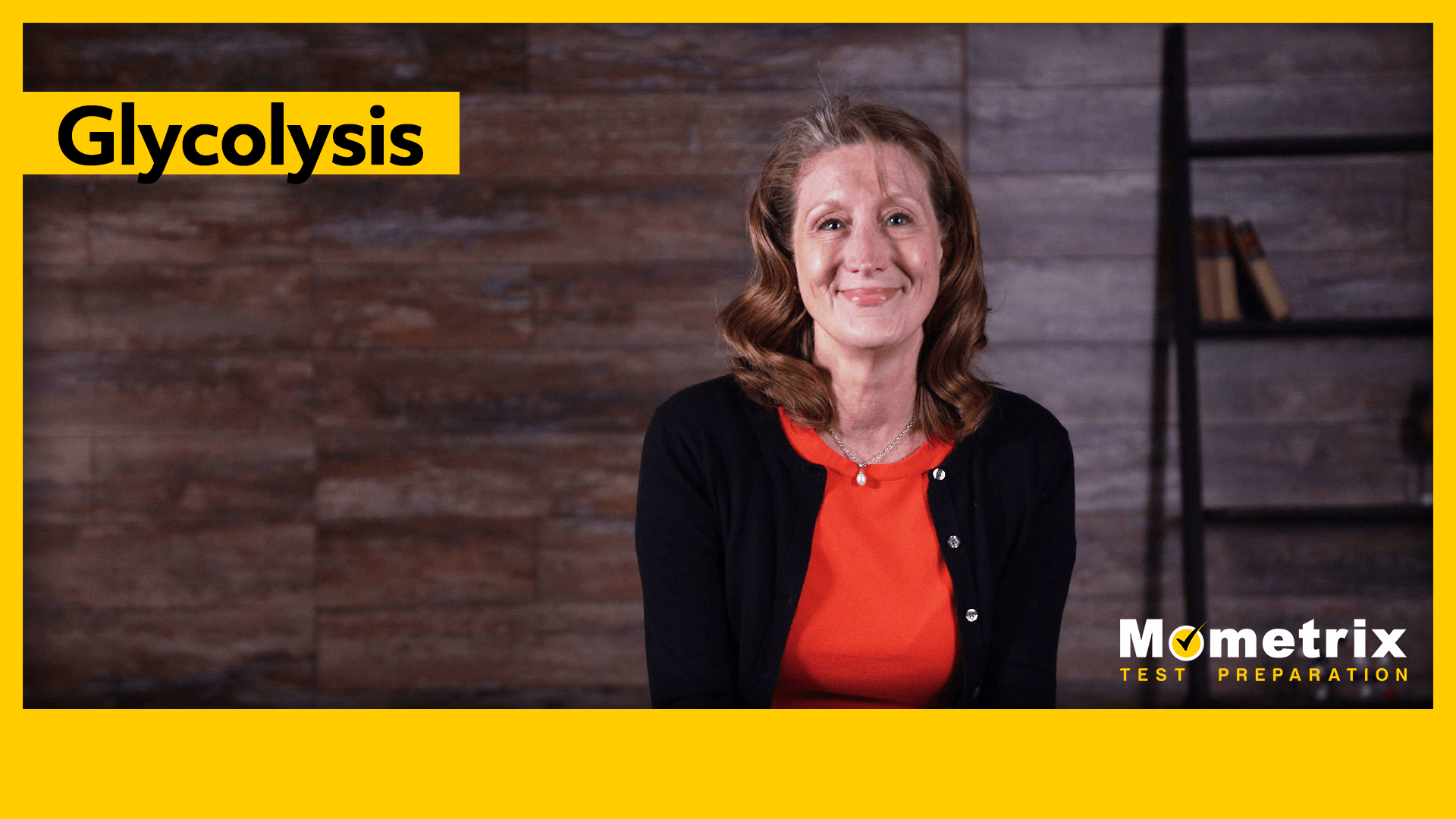
Hi, and welcome to this video on glycolysis!
Generally speaking, glycolysis is something that happens inside the body to process food. But what does this process look like, and how does it work? Let’s take a look!
Glycolysis Basiccs
Metabolism comes from the Greek root that means “change.” Our bodies change food into usable energy for our cells. But we eat all kinds of food that contain all kinds of nutrients, so how do our bodies know how to break everything down?
First, let’s look at this generally. There are two pathways our body uses to metabolize nutrients. If our body breaks down a substance into its macromolecules, we consider it a catabolic pathway. This process releases energy in the form of ATP. If our body builds up more complex molecules from other simpler precursors, we consider it an anabolic pathway, which requires energy to complete.
Today we are going to talk about a specific type of catabolic reaction called glycolysis. Glycolysis is used for breaking down a common carbohydrate called glucose into useful energy for the body.
Since a large part of our diet consists of glucose, this is the primary process for energy production in our cells. Glucose is also the only fuel for the brain under non-starving conditions, the only fuel for red blood cells, and the most stable hexose so it has a low tendency to modify proteins, making it a great primary energy source.
In order to give you some context, it’s important to note that glycolysis is part of a larger process called cellular respiration that involves glycolysis, the Krebs cycle, the electron transport chain, and ATP synthase. Our scope for today’s video will focus only on glycolysis, which is the first step in this larger process.
Where Does Glycolysis Occur?
Glycolysis occurs in the cytoplasm and involves two stages which break up glucose – a 6-carbon molecule.
During the first stage, glucose is broken into two phosphorylated 3-carbon compounds through a series of reactions.
During the second stage, each of the 3-carbon compounds is oxidized to form pyruvate and net two molecules of ATP.
Now let’s go into a little more depth, starting with one molecule of glucose in the cytoplasm.
Stage 1
Step 1: Our molecule of glucose is converted to glucose 6-phosphate by phosphorylation so that it stays in the cell and has phosphoryl transfer potential. This is catalyzed by the enzyme hexokinase and uses one molecule of ATP.
Step 2: Glucose 6-phosphate is converted to fructose 6-phosphate, an isomer of glucose 6-phosphate. This step is important because fructose 6-phosphate is readily cleavable while glucose 6-phosphate is not.
Step 3: Fructose 6-phosphate is converted to fructose 1,6-bisphosphate by another round of phosphorylation, which means both sides of the chain now have a phosphate group attached. This step traps the molecule in the fructose form and uses one molecule of ATP.
Step 4: This is the actual cleavage step. Fructose 1,6-bisphosphate is cleaved into GAP and DHAP. Only the GAP molecule is ready for the next stage of glycolysis. DHAP requires further processing in step 5.
Step 5: DHAP is converted to GAP so that it too can continue through glycolysis.
And with that, we’ve finished up the first stage of glycolysis! We started with one molecule of glucose and we ended up with two molecules of GAP, which is our 3-carbon precursor for the second stage. During the first stage we didn’t generate any ATP but instead used two molecules of ATP for the phosphorylation steps.
Stage 2
The goal of the second stage is to convert our two GAP molecules into pyruvate through a series of oxidative phosphorylation. To keep things simple, we’ll go through the second stage with one GAP molecule at a time.
Let’s jump back in with step 6.
Step 6: This step converts each GAP molecule into 1,3-Bisphosphoglycerate. We can shorten this to 1,3-BPG.
The reason we generated 1,3-BPG is because it has high phosphoryl transfer potential in the newly generated phosphate group. If we break this bond, it will release energy. In addition to 1,3-BPG, the reaction also produces one molecule of NADH which is a high energy electron carrier that can be used to generate ATP later in cellular respiration.
Step 7: 1,3-BPG is converted to 3-phosphoglycerate by the removal of a phosphate molecule from 1,3-BPG and adding it to 3-phosphoglycerate. This action generates energy in the form of one molecule of ATP.
Step 8: 3-phosphoglycerate is converted to 2-phosphoglycerate to generate another high energy phosphoryl-transfer compound.
Step 9: 2-phosphoglycerate is converted to phosphoenolpyruvate or PEP.
This is another high energy compound and is therefore unstable so it readily converts into pyruvate in the next step.
Step 10: PEP is converted to pyruvate, which is the final product of glycolysis.
This conversion step generates one more molecule of ATP for a grand total of two ATP molecules for the second stage of the process and glycolysis as a whole.
This wraps up stage two for our first GAP molecule, but remember that stage one produced two GAP molecules. All this means is that we need to go through stage two again for the second molecule of GAP.
In the end, the energy released in this process produces two molecules of NADH for later use in the metabolic process and two molecules of pyruvate. Once the pyruvate is processed, it will enter the Krebs cycle, which is also known as the citric acid cycle, for further processing.
To summarize, glycolysis occurs in the cytoplasm to break up glucose by cleaving it into two phosphorylated 3-carbon compounds and then oxidizing these compounds to form pyruvate and net two molecules of ATP.
I hope this review was helpful! Thanks for watching, and happy studying!
